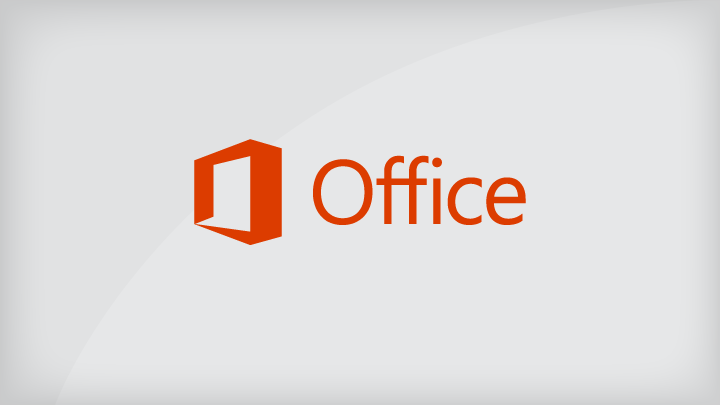Navigating Microsoft's Security Landscape: Challenges and Changes Ahead
January 24, 2025, 10:01 pm
In the ever-evolving world of technology, security is paramount. Microsoft, a titan in the software industry, is currently facing a storm of challenges. Recent updates have stirred the pot, leaving users grappling with installation issues and security concerns. As Windows 10 approaches its end, users are racing to secure their systems. However, a glitch with Citrix software has thrown a wrench in the works. Meanwhile, a significant change in Microsoft account sign-in procedures looms on the horizon, raising eyebrows and questions about user safety.
Microsoft's latest security updates, KB5049981 and KB5050009, have become a double-edged sword. While they promise to bolster security, they also come with complications. Users with Citrix Session Recording Agent (SRA) version 2411 installed are finding themselves in a bind. The updates fail to install correctly, leaving systems vulnerable. When users attempt to restart their devices, they are met with an error message that echoes disappointment: “Something didn’t go as planned.” The updates roll back, leaving users exposed.
This issue is not widespread. It primarily affects organizations that have recently adopted the new SRA version. Home users can breathe a sigh of relief, as they are largely untouched by this hiccup. However, the stakes are high for businesses that rely on Citrix software. With Windows 10 nearing its end of life, the urgency to install security updates is palpable. Microsoft has yet to provide a permanent fix, but Citrix has stepped in with a workaround. This temporary solution allows users to navigate the turbulent waters of security updates, ensuring their systems remain fortified.
As users scramble to implement the workaround, another wave of change is on the horizon. Microsoft has announced a shift in how users sign into their accounts. Starting next month, users will remain signed in until they manually log out. This marks a departure from the previous method, which automatically signed users out after a period of inactivity. While this change may seem convenient, it raises significant security concerns, especially for those using public or shared computers.
The implications are profound. Users who forget to log out could leave their accounts vulnerable to prying eyes. Microsoft suggests using private browsing windows as a safeguard. However, this requires a shift in user behavior. Many may not be accustomed to this practice, increasing the risk of unintentional exposure. The company also offers an option to sign out of all locations, but this comes with its own set of challenges. Users may find themselves locked out of their accounts on various devices, leading to frustration.
Microsoft's lack of transparency regarding this change is troubling. Users are left to speculate about the motivations behind the decision. Is it a move towards convenience at the expense of security? Or is it a reflection of changing user habits? Regardless, the shift demands attention. Users must adapt to new practices to protect their information.
In a world where cyber threats loom large, the need for robust security measures cannot be overstated. Microsoft’s recent updates and changes highlight the delicate balance between convenience and security. As organizations and individuals navigate these waters, vigilance is key. The workaround for the Citrix issue is a temporary lifeline, but it underscores the importance of staying informed about security updates.
The landscape of technology is constantly shifting. Microsoft is at the forefront, but it faces challenges that could impact millions. Users must remain proactive, ensuring their systems are secure and their accounts protected. The transition to new sign-in procedures may be jarring, but it is a necessary step in the evolving security landscape.
As Windows 10 users prepare for the inevitable end, the urgency to implement security updates is critical. The Citrix issue serves as a reminder of the complexities involved in maintaining a secure environment. Organizations must stay alert, adapting to changes and implementing workarounds as needed.
In conclusion, Microsoft’s recent security updates and changes to account sign-in procedures present a mixed bag of challenges and opportunities. Users must navigate these waters with care, embracing new practices while remaining vigilant against potential threats. The road ahead may be rocky, but with awareness and adaptability, users can safeguard their digital lives. The key is to stay informed, act decisively, and prioritize security in an increasingly complex technological landscape.
Microsoft's latest security updates, KB5049981 and KB5050009, have become a double-edged sword. While they promise to bolster security, they also come with complications. Users with Citrix Session Recording Agent (SRA) version 2411 installed are finding themselves in a bind. The updates fail to install correctly, leaving systems vulnerable. When users attempt to restart their devices, they are met with an error message that echoes disappointment: “Something didn’t go as planned.” The updates roll back, leaving users exposed.
This issue is not widespread. It primarily affects organizations that have recently adopted the new SRA version. Home users can breathe a sigh of relief, as they are largely untouched by this hiccup. However, the stakes are high for businesses that rely on Citrix software. With Windows 10 nearing its end of life, the urgency to install security updates is palpable. Microsoft has yet to provide a permanent fix, but Citrix has stepped in with a workaround. This temporary solution allows users to navigate the turbulent waters of security updates, ensuring their systems remain fortified.
As users scramble to implement the workaround, another wave of change is on the horizon. Microsoft has announced a shift in how users sign into their accounts. Starting next month, users will remain signed in until they manually log out. This marks a departure from the previous method, which automatically signed users out after a period of inactivity. While this change may seem convenient, it raises significant security concerns, especially for those using public or shared computers.
The implications are profound. Users who forget to log out could leave their accounts vulnerable to prying eyes. Microsoft suggests using private browsing windows as a safeguard. However, this requires a shift in user behavior. Many may not be accustomed to this practice, increasing the risk of unintentional exposure. The company also offers an option to sign out of all locations, but this comes with its own set of challenges. Users may find themselves locked out of their accounts on various devices, leading to frustration.
Microsoft's lack of transparency regarding this change is troubling. Users are left to speculate about the motivations behind the decision. Is it a move towards convenience at the expense of security? Or is it a reflection of changing user habits? Regardless, the shift demands attention. Users must adapt to new practices to protect their information.
In a world where cyber threats loom large, the need for robust security measures cannot be overstated. Microsoft’s recent updates and changes highlight the delicate balance between convenience and security. As organizations and individuals navigate these waters, vigilance is key. The workaround for the Citrix issue is a temporary lifeline, but it underscores the importance of staying informed about security updates.
The landscape of technology is constantly shifting. Microsoft is at the forefront, but it faces challenges that could impact millions. Users must remain proactive, ensuring their systems are secure and their accounts protected. The transition to new sign-in procedures may be jarring, but it is a necessary step in the evolving security landscape.
As Windows 10 users prepare for the inevitable end, the urgency to implement security updates is critical. The Citrix issue serves as a reminder of the complexities involved in maintaining a secure environment. Organizations must stay alert, adapting to changes and implementing workarounds as needed.
In conclusion, Microsoft’s recent security updates and changes to account sign-in procedures present a mixed bag of challenges and opportunities. Users must navigate these waters with care, embracing new practices while remaining vigilant against potential threats. The road ahead may be rocky, but with awareness and adaptability, users can safeguard their digital lives. The key is to stay informed, act decisively, and prioritize security in an increasingly complex technological landscape.

